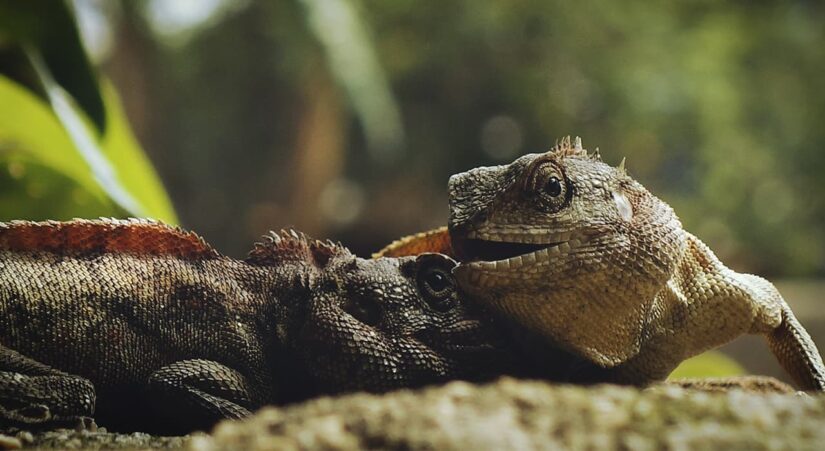Aquatic, terrestrial and aerial life forms
In every environment wild animals act differently, this is observed in every type of environment where they live.
They are characteristics of aquatic wild animals that have managed to develop special techniques. This has allowed them to survive and lead their lives in the underwater world. Keep in mind that underwater predators will always be on the alert, so protecting the young and finding food is difficult.
Among the wild marine animals is the shark, which is one of the most terrible predators in the sea. This animal is carnivorous and very aggressive. But it is also quite a vulnerable animal. This is because they develop slowly, so it takes several years to reproduce. In addition, they usually have few offspring.
Terrestrial
In the case of wild terrestrial animals, everything is simpler, but no less than in the case of aquatic animals. In this environment, predators are also vigilant and animals are exposed to risk and danger. As a result of evolution, they are usually aggressive. But at the same time they are protective. They are usually territorial and very jealous, so they do not allow other animals to enter their territory.
Antenna
It is said that the animals that live in this environment, such as the features of wild animals, They are the freest. But this is not quite true. In fact, among them there are aggressive animals such as the eagle and other birds of prey that scare other birds and are real predators.
Species whose habitat is air are the most relevant for our ecosystem and for biodiversity. This is because they perform one of the most important roles for the planet, which is to sustain life.
Animals that have a habitat in the air usually hide at altitude, they are territorial and very protective of their young. In this environment, it is difficult to find food, especially when they have to take care of their cubs, because they have to be left alone in search of food.
